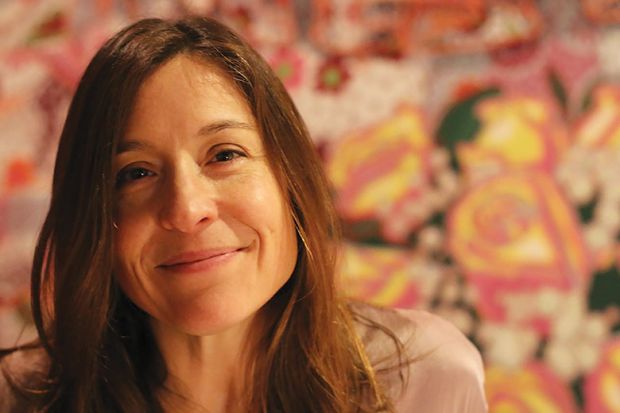What sorts of books inspired you as a child?
My earliest memory of a book is my dad reading a Ladybird book to me: Tasseltip Saves the Day. The eponymous character was a rabbit, as it happens. It was a 1970s series based on a children’s book character from the 1940s. Later, I pored over a multi-volume set of old encyclopedias my mum had inherited. Our home was not full of books, and I would spend time in the small local library at the bottom of the road. My memories of that place are exquisite: I am always alone and following my nose along the shelves. With the closure of so many local libraries in the UK, I’m sorry that this experience is now lost for many ordinary children. I read a second-hand copy of Germaine Greer’s The Female Eunuch as a teenager. It was unashamedly upfront about fleshy materiality. I loved it and it had a profound effect on the way I thought about women’s bodies.
Your new book, ‘The Imposteress Rabbit Breeder’, explores an episode from the 1720s when a woman called Mary Toft was said to have given birth to rabbits. What first piqued your interest in the strange byways of 18th-century social history?
It’s hard to get past the scholarship of Roy Porter. I’m still astonished when I go back to his books by just how much he covered. His combined interests in cultural and social history, as well as the history of medicine and the body, make his work a particularly rich context for understanding Mary Toft.
Which accounts of the history of pregnancy and reproduction proved useful background?
Those that foregrounded women’s experiences of their bodies. Laura Gowing’s Common Bodies: Women, Touch and Power in Seventeenth-Century England is an unrivalled study of how early modern women’s lives were shaped by the interaction of body and culture. To understand the larger cultural context of the Mary Toft case, Lisa Forman Cody’s Birthing the Nation: Sex, Science, and the Conception of Eighteenth-Century Britons was invaluable.
Where did you turn for models about the best ways of telling such a remarkable story?
A friend suggested I read Angela Bourke’s brilliant book about a violent death that occurred in Tipperary in 1895, The Burning of Bridget Cleary. Her careful approach to the “truth”, the fairy beliefs behind the murder and the conflicting accounts of events is very skilful. She situates this one case in a much broader context, and that was what I hoped to achieve with my book on Mary Toft.
What is the last book you gave as a gift, and to whom?
Warriors and Worriers: The Survival of the Sexes by Joyce F. Benenson and Henry Markovits, for a budding feminist psychologist I know.
What books do you have on your desk waiting to be read?
Angela Carter’s Wise Children and Miles Ogborn’s The Freedom of Speech: Talk and Slavery in the Anglo-Caribbean World.
Karen Harvey is professor of cultural history at the University of Birmingham. Her latest book is The Imposteress Rabbit Breeder: Mary Toft and Eighteenth-Century England (Oxford University Press).
POSTSCRIPT:
Print headline: Shelf life: Karen Harvey
Register to continue
Why register?
- Registration is free and only takes a moment
- Once registered, you can read 3 articles a month
- Sign up for our newsletter
Subscribe
Or subscribe for unlimited access to:
- Unlimited access to news, views, insights & reviews
- Digital editions
- Digital access to THE’s university and college rankings analysis
Already registered or a current subscriber? Login







